Illustration by Mike L. Perry
Hell on Earth
interview by Heather Shayne Blakeslee
In “Blood and Earth: Modern Slavery, Ecocide and the Secret to Saving the World” abolitionist Kevin Bales uncovers the fact that, absent the rule of law, the environment is devastated and slavery flourishes. Many slaves are tricked into thinking they are getting an honest job; others are born into their cruel fate.
How many people are in bondage across the world?
KB: Around the world, about 36 million people in slavery is a fairly conservative estimate—that’s based on our Global Slavery Index. I think the key thing to know about it is that in terms of the proportion of the population, we are actually at a moment in human history where there are fewer slaves per capita than ever before.
If slavery were a country, it would have the third largest CO2 emissions on the planet, behind China and the U.S.
KB: Indeed, but it’s even more surprising when you realize that a country of 36 million people with a GDP equivalent to, say, a country like Angola—a very small country with a very small economy—is the third largest [in CO2 emissions]. Americans, until now, have been the world’s leader in terms of CO2 per capita. China puts out more CO2 than America, but in terms of the amount per person in their populations, the Americans are way ahead of everybody else on the planet—until we discovered it turns out slaves are way ahead of Americans.
That’s partially because of the industries in which they are involved. In the South Asian “brick belt,” you estimate there’s about 750,000 slaves there who are making billions of bricks in hyper-polluting kilns, using old tires and motor oil as fuel.
KB: In fact, you could do the same job probably cheaper by bringing in some basic machines, but the people who run slave-based brick kilns are not interested in a little bit of capital investment, even if it would make them more profits in the future, because they already have slave-based businesses—and no one is giving them a hard time about it.
The key thing for the CO2 is about the deforestation, and that’s where the big, big component of the CO2 that’s coming from slave labor is coming from.
The mangrove forest in Bangladesh and the Amazon rainforest in Brazil are particularly important to the planet’s ecosystem. Both are being destroyed by slave labor.
KB: In places like Bangladesh—it seems to be half or more is being done with slave labor. … Virtually every place I [write about in the book], the forests have been set aside by law and international treaty and [as] UNESCO World Heritage Sites. They’re supposed to be our absolutely guarded and protected forests, and that’s in some ways one of the most horrific parts of this, is that slave-using criminals are penetrating into these specially protected, pristine forests where the CO2 damage is enormous—but also the species loss, and the precious and rare habitat loss is occurring.
What’s the quick rundown of the labor and energy required—the human toll, the environmental costs—of producing just a few ounces of gold?
KB: This is in Ghana… firstly you’re ripping the earth apart to get at sandy gravel that might have gold flecks in it… 10 to 20 feet deep of whatever happens to be growing there—if it’s a protected forest, that’s all gone.
Mercury has been used for a lot of human history as a way of getting gold out of other minerals… It poisons the nervous system… cannot be removed from environments except through incredibly intense processes. … It doesn’t just kill people and pollute them, but all along the chain of insect life, mammal life, fish—everything. You put together human beings into that situation, where they’re being brutalized and treated as slaves, and then poison them.
There’s yet another impact, which is silicosis. A lot of gold is found in silicon-based minerals, like quartzite, and if you work with that by hand… once it’s in your lungs there’s just nothing you can do about it. You’re a goner.
One of the book’s many heartbreaking stories is about a Ghanaian slave who works in the gold mines, Ibrahim. He tells his story at great risk to him—and probably to you. He asks for a copy of the book. “I want to show it to others,” he says, “to show them I am not completely useless. I want to show them that something good has come out of my life.” Has he been able to get a copy?
KB: I don’t know, because we can’t find him. I’ve got people looking for him, but they haven’t found him yet… so far, no sign. So I’m worried he’s gone.
Women and girls in particular in these slave camps are subject to repeated sexual assault. There’s an entire specialty hospital you talk about dedicated to trying to repair their bodies from the inhuman damage.
KB: One of the things that I think is too little understood is the unique nature of the enslavement of women… In places like America, people tend to think there’s something called “sex trafficking” and there’s something called “labor trafficking.” …
The truth is that throughout all of history, and certainly today, any woman in slavery… is going to be sexually assaulted—is going to be raped… Whether they’re working in a mine or on a farm or in a restaurant, or obviously in a brothel. …
And that’s a powerful point, because it actually tells us something about how the slavery of women is in some way more complete—that is, the complete control over a person is what makes slavery, but because women are controlled on their interiors as well as their exteriors—it’s more complete.
In Congo, in the ongoing civil war, there was a lot of reporting of rape as a weapon of war… millions of women, out of a population of about six million. … Almost a third of the men had also been raped.
All slave bodies are cheap commodities to their owners that in turn are giving us consumer goods like shrimp, steel, beef, cellphones, granite countertops, sugar, diamonds, gold jewelry—all while destroying the environment. Not a single one of them is a necessity.
KB: None of them are specifically a necessity. … You could shut [these operations] down tomorrow, and none of us would necessarily have to go without shrimp. We just wouldn’t have it very often and it would be a little more expensive. But the other things, in most of the other areas, the impact would seem negligible or slight, it wouldn’t be huge increases [in price]. And for most things that slave workers do as well, particularly in agriculture, you could disappear [slave labor] without bumping any prices even a penny.
These mines and shrimp farms and charcoal pits are literally hell on earth, but they’re also surrounded by what might look like paradise. Is it possible to protect it and to get it back?
KB: Yes. And I appreciate that there’s a lot of things that have to be changed to make that possible, and I also know that there’s that chance that we may run out of time, so maybe that’s the boundary of my optimism… I do sometimes sit down and draw my projections and say if the population does go over 10 billion and this economic situation goes that direction and the energy goes that direction, this whole slavery lark just may become trivial to people—because it will all be about survival.
What can people do to further the cause of abolition?
KB: There are organizations out there…that are very active in getting people out of slavery. … The cost is actually really low because most of [the slaves] are in very in
expensive parts of the world. … Some of the people I talk about in the book who are these amazing heroes—liberators—the Harriet Tubman or Frederick Douglass of the day, they’re getting along on $200 a month and putting their lives on the line to get people out of slavery. Worry about your consumption, but if you really want to have an impact, help people get other people out of slavery. …
It’s not an insurmountable problem… I wouldn’t let this be one of those things that makes a person feel helpless, because the more you dig into this, the more you realize we could actually be the generation that brings this to an end. We could make a mark on human history beyond any other generation.
Kevin Bales co-founded Free the Slaves and is author of “Blood and Earth: Modern Slavery, Ecocide and the Secret to Saving the World.”



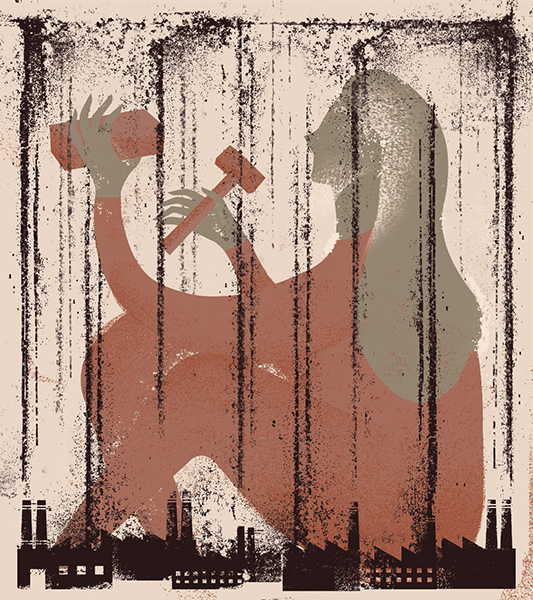
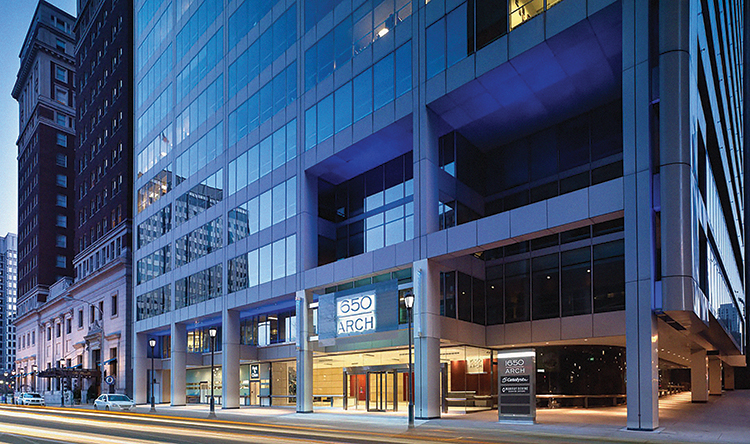
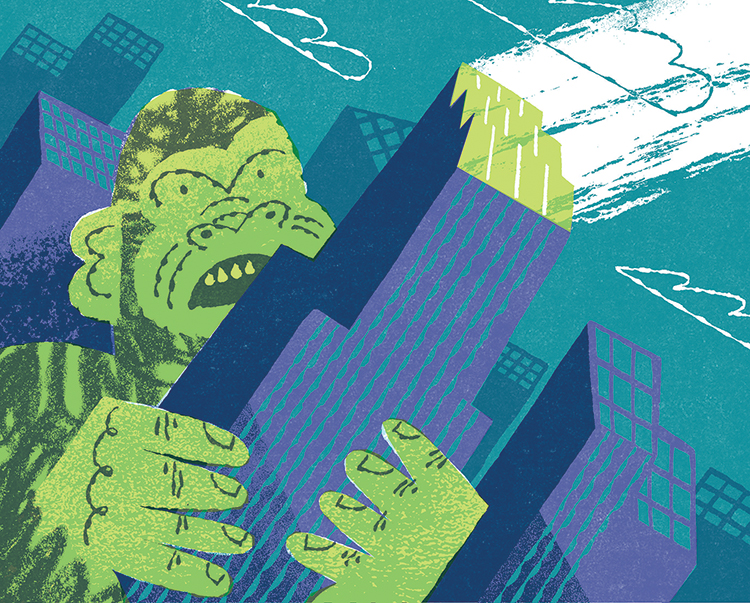
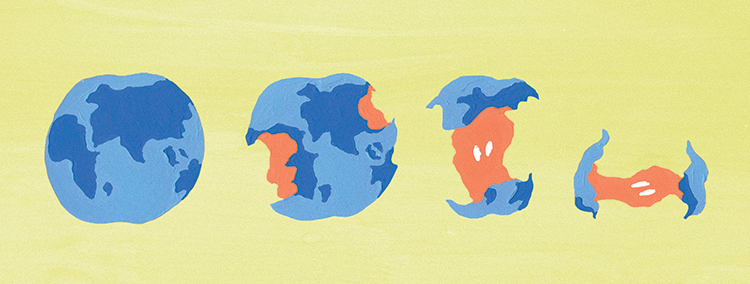


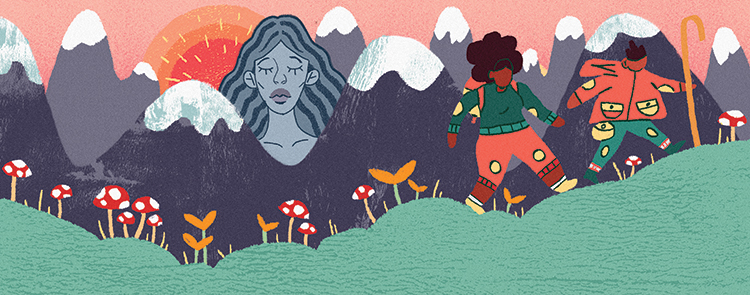
Sorry to comment on my own interview! But we’ve got newer and better estimates for the number of people in slavery worldwide – see the Global Slavery Index 2016 – current total is 45.8 million.